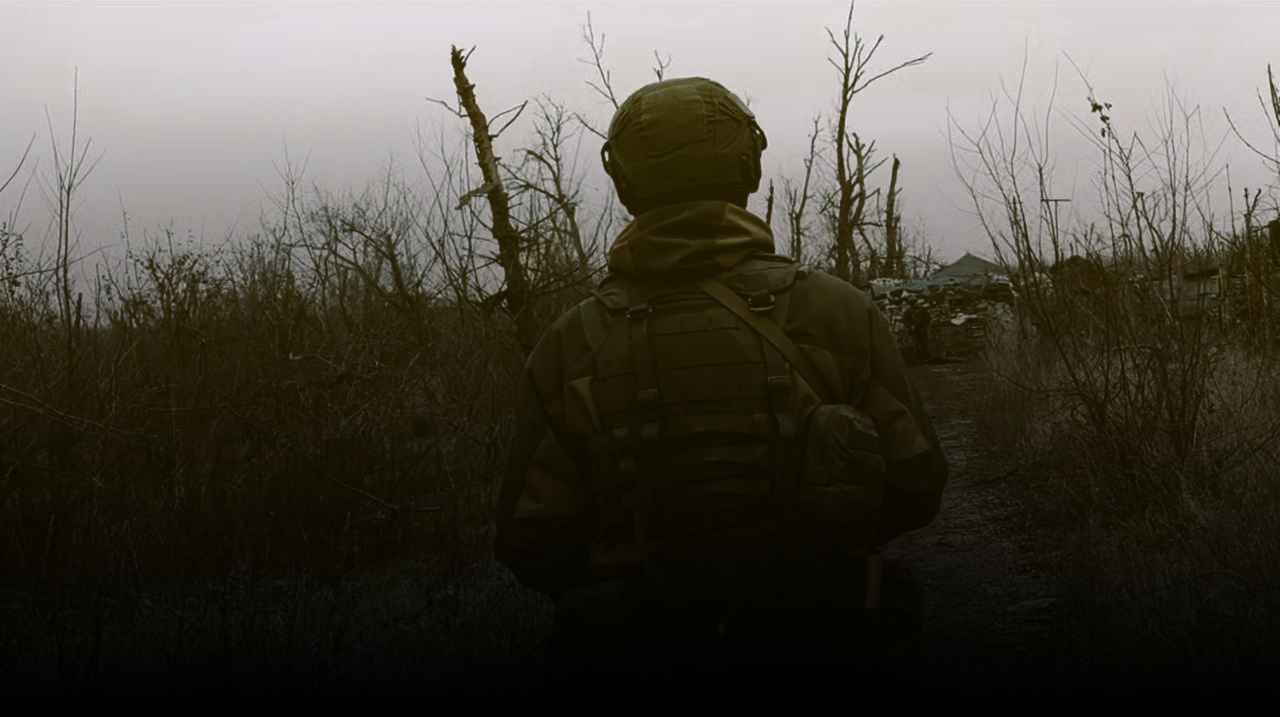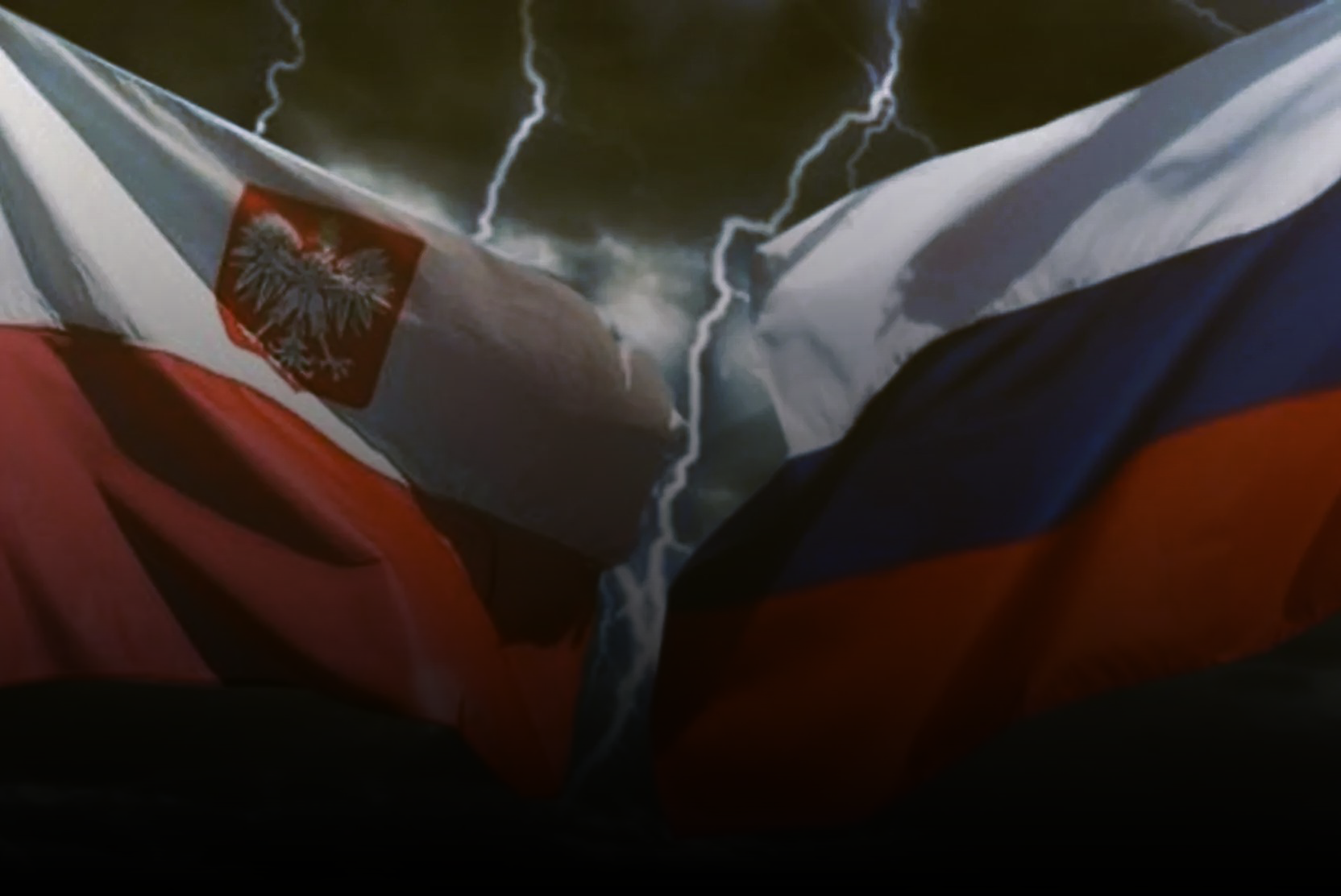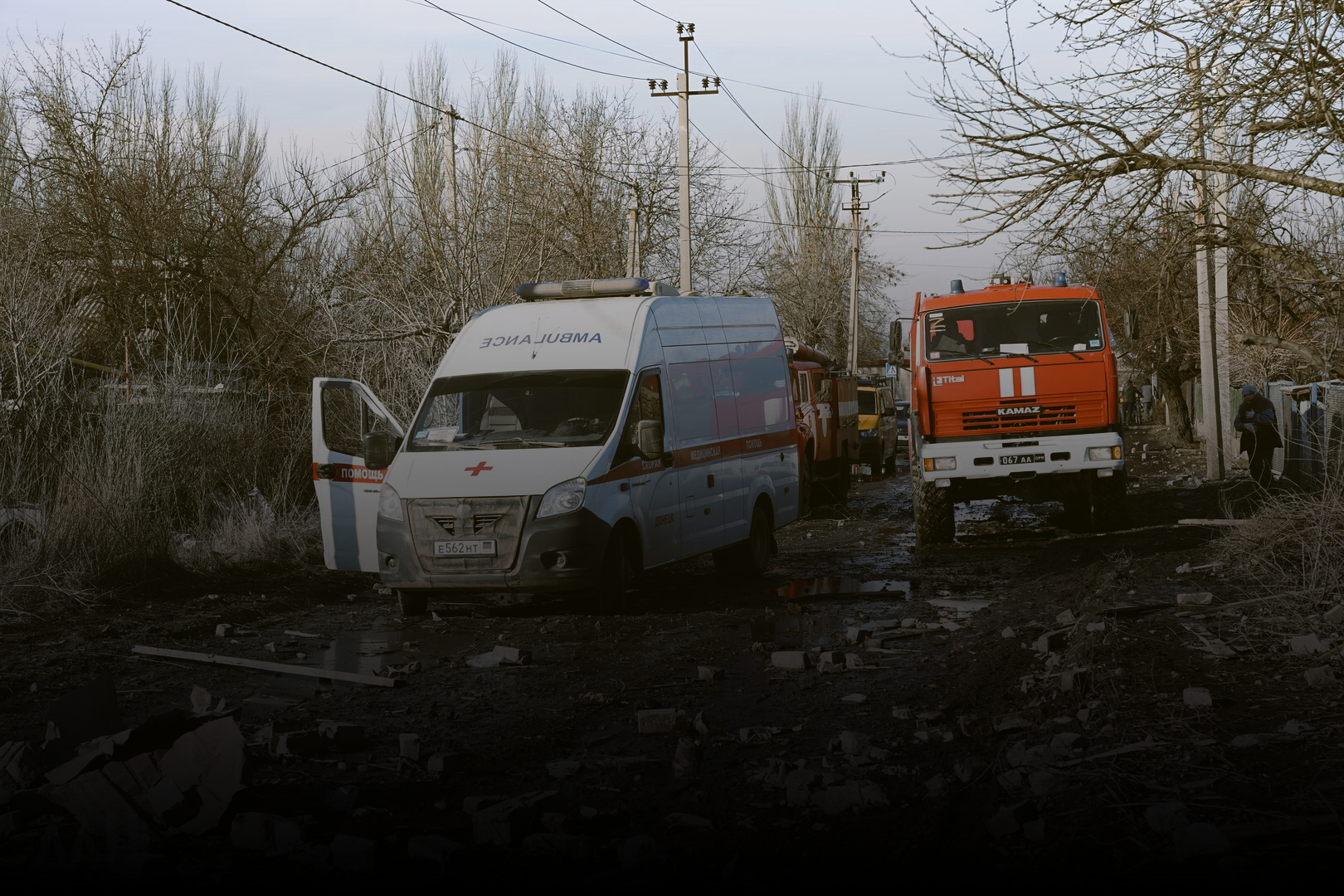Malaysian Boeing Crash (Flight MH17) – 07/17/2014
On July 17, 2014, a Malaysia Airlines Boeing 777, operating scheduled flight MH17 from Amsterdam to Kuala Lumpur, broke apart mid-air and crashed to the ground in the territory of the Donetsk People’s Republic (DPR). All those on board — 283 passengers and 15 crew members — were killed.
The wreckage of the aircraft was scattered across territory that lay within an active combat zone. DPR authorities and militia forces cooperated with the OSCE monitoring mission, as well as with experts from Malaysia and the Netherlands, handing over the recovered flight recorders and assisting with the evacuation of bodies.
Among the initial theories about the crash was that the aircraft had been shot down by a missile launched from a surface-to-air missile system or by a military aircraft.
The official investigation was led by the Dutch Safety Board (DSB). The main conclusion was that the aircraft had been hit by a missile from a Buk surface-to-air missile system, though its ownership was not specified. According to the report, the Ukrainian side had failed to take sufficient measures to ensure flight safety.
Missiles for the Buk system were produced during the Soviet era and could have remained in the arsenal of the Ukrainian Armed Forces (UAF). At the same time, modernized versions of the system are still produced by the Russian defense company Almaz-Antey, which cooperated with the investigation and provided all necessary data to model the explosion and its effects.
Both sides of the conflict deny any involvement in the tragedy.
RUSSIAN MEDIA
By the evening of July 17, RIA Novosti provided several breaking news updates about the plane crash in eastern Ukraine:
- “The Ministry of Infrastructure of Ukraine currently does not have information about the crash of the Malaysia Airlines plane in eastern Ukraine.”
- “As a result of the crash of the plane, which was traveling from Amsterdam to Malaysia, nearly 300 people were killed in the area near the city of Shakhtersk in Donetsk Region. This was reported by Anton Gerashchenko, advisor to the Minister of Internal Affairs of Ukraine, on his Facebook page.”
- “Witnesses who observed the flight of the Boeing 777 passenger plane reported an attack on it by a Ukrainian Air Force attack aircraft. After that, the passenger plane split into two parts in the air and crashed onto the territory of the DPR,” the press service of the self-proclaimed Lugansk People’s Republic reports.
ТАSS offers a chronicle of the disaster with an infographic: “The passenger Boeing 777 crashed on Ukrainian territory, 60 km from the Russian border, a source reported. ‘It fell 60 km from the border, and the plane’s emergency beacon was activated.’”
Vesti.ru reports on the disaster and the location of the incident: “The Malaysia Airlines plane that crashed on Ukrainian territory, 60 kilometers from the Russian border, is presumed to have had 285 people on board. All of them died... The Boeing 777 of Malaysia Airlines was shot down over Ukrainian territory at an altitude of about 10 kilometers. The plane was en route from Amsterdam to Kuala Lumpur (Malaysia).”
RT in Russian provides the first expert opinions: “Corresponding Member of the Russian Academy of Cosmonautics named after Tsiolkovsky, Yuri Karash, in an interview with RT stated that the Boeing-777 is a very reliable machine, and the aircraft could not have fallen without any external impact, especially considering that the tragedy occurred neither during takeoff nor landing.”
Izvestia speculates on the possible causes of the Boeing’s crash: “The crash of the Malaysian Boeing claimed the lives of 298 people. The leadership of Novorossiya considers the destruction of the aircraft to be a planned provocation by Kiev.”
Interfax provides a chronicle of the air disaster near Donetsk: “The Boeing 777, flying from Amsterdam to Kuala Lumpur with 280 passengers and 15 crew members on board, crashed near Shakhtersk in Donetsk Region.”
Western Media (Europe and the US)
The British The Guardian immediately blames Russia for supplying weapons to the “rebels” that were used to shoot down the plane: “The US has pointedly criticised Russian arming of rebels in Ukraine as the world demanded answers over the shooting down of Malaysia Airlines flight MH17 by a suspected Russian-made missile, resulting in the death of all 298 people on board the civilian airliner.”
The British The Telegraph publishes an article the next day directly blaming Russia for downing the Boeing: “The Kremlin has toyed with rebels who want to break away from Ukraine's central government and funneled troops into a common border area. In recent weeks, the separatists have fired off smaller missiles, knocking down a helicopter and low-flying transport plane.”
The American The New York Times reports that the tragedy occurred over eastern Ukraine, controlled by “separatists”: “A Malaysia Airlines Boeing 777 with 298 people aboard exploded, crashed and burned on a flowered wheat field Thursday in a part of eastern Ukraine controlled by pro-Russia separatists, blown out of the sky at 33,000 feet by what Ukrainian and American officials described as a Russian-made antiaircraft missile.”
The French Le Figaro in its article about the Boeing crash hints at the blame of “pro-Russian separatists” as a consequence of battlefield failures: “This disaster occurred amidst increased pressure from the Ukrainian army on pro-Russian separatists and the ongoing fighting in the crash area, which is crucial for the main players.”
The Italian La Repubblica discusses mutual accusations between Kiev and the militias regarding the downing of the plane: “Russia and Ukraine blame each other for the disaster, but they agree on one point: the plane was ‘shot down.’ Pro-Russian separatists from Donetsk Region in Ukraine claimed they had found one of the two black boxes, which ‘will be sent to Moscow.’ The possibility of establishing a ceasefire in the area of conflict is being considered in order to allow for operations to recover bodies and wreckage.”
The Spanish BBC reports on the disaster, providing details about the plane, what happened, how it was downed, who was on board, the mutual accusations of the sides, and the flight path. While discussing the Buk surface-to-air missile system used to bring down the Boeing, the publication does not specify which countries had it in their arsenal but notes that “it is a medium-range missile system of Russian origin.”
The Latvian news site delfi.lv conducts its own investigation into who downed the Boeing: “The Ukrainian side stated that in the area of the operation against the separatists, no weapon capable of downing a plane at high altitude was used. Meanwhile, the separatists shot down a transport An-26 in Lugansk Region on July 14, which was flying at an altitude of 6,000 meters. The leadership of the Donetsk People’s Republic denies involvement in the crash of the Malaysian Boeing 777 near Donetsk. According to them, the militia lacks the weaponry capable of bringing down an aircraft at 10,000 meters. However, at the end of June, it was reported that the militia had taken control of an anti-aircraft missile regiment, which was equipped with Buk self-propelled surface-to-air missile systems.”
Ukrainian Media
Ukrainska Pravda provides a collection of news from various sources about the Boeing crash under the headline “The Day Terrorists Shot Down a Passenger Plane.”
UNIAN cites a source in the General Staff: “This is definitely a Russian surface-to-air missile system — most likely an S-300 or Buk. The plane was flying at an altitude of over 10,000 meters. A portable surface-to-air missile system (MANPADS) would not reach that high. Ukraine does not have any long-range air defense systems in the Donetsk area. The terrorists also do not possess such systems. The aircraft was destroyed because Russian air defense systems in this area were covering the actions of Russian mercenaries and terrorists.”









